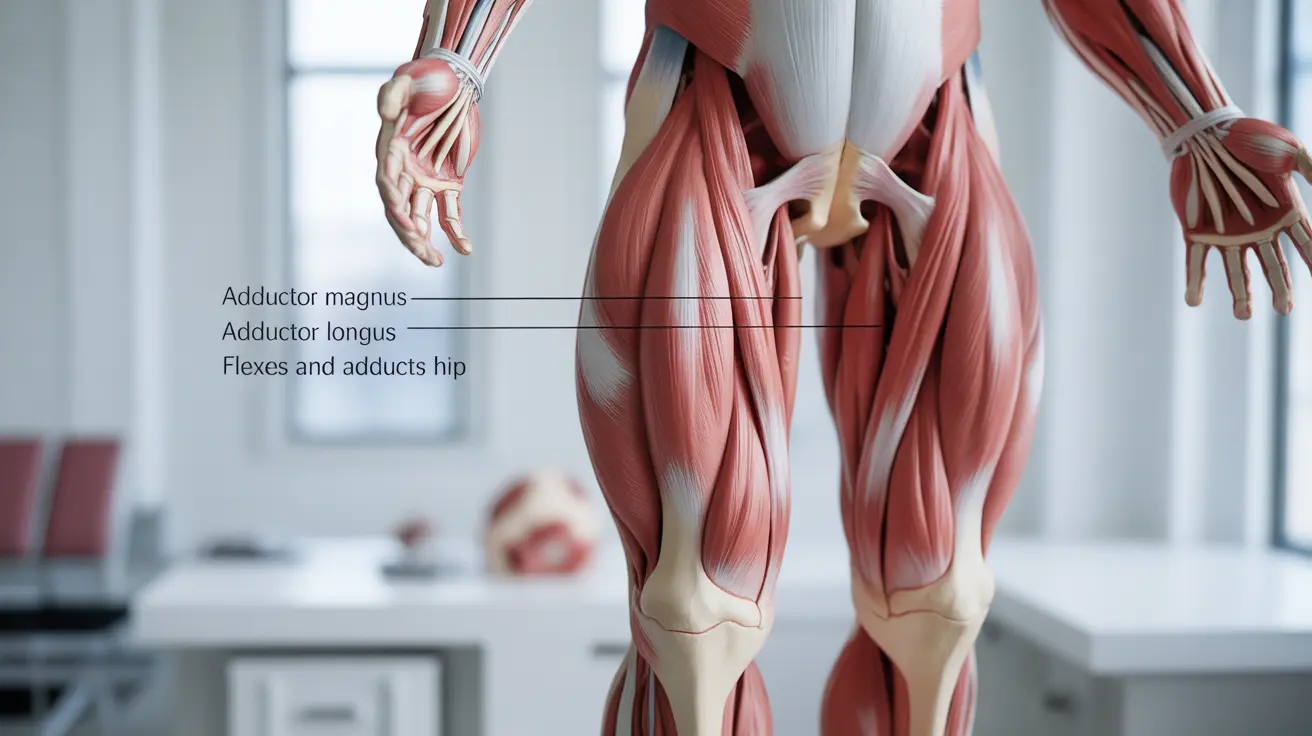Managing your blood pressure at home has become increasingly important for cardiovascular health, and choosing the right monitoring device can make all the difference in your health journey. While upper arm monitors have traditionally been the gold standard, wrist blood pressure monitors offer unique advantages for specific users, combining portability with convenience for daily monitoring.
Finding the best wrist blood pressure monitor requires understanding both the benefits and limitations of these devices, as well as knowing how to use them properly for accurate readings. This comprehensive guide will help you navigate the world of wrist monitors, ensuring you make an informed decision that supports your health goals and medical needs.
Understanding Wrist Blood Pressure Monitor Technology
Wrist blood pressure monitors utilize oscillometric technology to detect blood flow patterns through the radial artery in your wrist. These compact devices feature an inflatable cuff that wraps around your wrist, connected to a digital display that shows your systolic and diastolic pressure readings along with your pulse rate.
The key advantage of wrist monitors lies in their portability and ease of use. Unlike bulky upper arm units, wrist monitors can easily fit in a purse or travel bag, making them ideal for people who need to monitor their blood pressure throughout the day or while traveling. Many modern wrist monitors also include advanced features such as memory storage, averaging functions, and smartphone connectivity.
Accuracy Considerations for Wrist Monitors
The accuracy of wrist blood pressure monitors depends heavily on proper positioning and technique. The wrist's anatomy presents unique challenges, as the radial artery is smaller and more sensitive to position changes than the brachial artery used by upper arm monitors. When positioned correctly at heart level, quality wrist monitors can provide readings within acceptable clinical ranges.
Several factors can affect accuracy, including wrist size, arterial stiffness, and the presence of irregular heartbeats. Users with larger wrists or certain medical conditions may experience more variability in readings compared to upper arm monitors. However, for many individuals, especially those who struggle with upper arm cuffs due to arm size or mobility issues, wrist monitors can provide consistent and clinically useful measurements.
Essential Features to Look For
Display and Readability
The best wrist blood pressure monitors feature large, clear digital displays with easy-to-read numbers. Look for monitors with backlit screens that remain visible in various lighting conditions, and consider models with color-coded indicators that help you quickly interpret whether your readings fall within normal, elevated, or high blood pressure ranges.
Memory and Data Management
Modern wrist monitors should include substantial memory storage, typically accommodating readings for multiple users. The best models store at least 60-100 readings per user and calculate averages over different time periods. Some advanced monitors sync with smartphone apps, allowing you to track trends, share data with healthcare providers, and set medication reminders.
Cuff Design and Comfort
A proper cuff fit is crucial for accuracy. Look for monitors with adjustable cuffs that accommodate wrist circumferences ranging from approximately 5.3 to 8.5 inches. The cuff should feel snug but not uncomfortably tight, and premium models often feature softer materials that reduce discomfort during inflation.
Proper Usage Techniques for Accurate Readings
Achieving accurate readings with a wrist monitor requires following specific positioning guidelines. Always ensure your wrist is positioned at heart level during measurement, which typically means supporting your arm on a table or armrest while seated. Remove any jewelry from your wrist and ensure the cuff is positioned about half an inch above your wrist bone.
Before taking a reading, remain still and quiet for at least five minutes. Avoid caffeine, exercise, and smoking for at least 30 minutes prior to measurement. Take multiple readings spaced one to two minutes apart, and record the average for the most accurate assessment of your blood pressure status.
Who Benefits Most from Wrist Monitors
Wrist blood pressure monitors are particularly beneficial for individuals who travel frequently and need portable monitoring solutions. They're also excellent choices for people who have difficulty using upper arm monitors due to arm size, shoulder mobility issues, or discomfort from traditional cuffs.
Elderly users who may struggle with the mechanics of upper arm monitors often find wrist devices more manageable and less intimidating. Additionally, individuals who need to monitor their blood pressure multiple times throughout the day appreciate the discretion and convenience that wrist monitors provide.
However, people with certain medical conditions, such as severe atherosclerosis or irregular heart rhythms, may achieve more consistent results with upper arm monitors and should consult their healthcare provider about the most appropriate monitoring method for their specific situation.
Validation and Clinical Standards
When selecting the best wrist blood pressure monitor, prioritize devices that have received validation from recognized medical organizations. Look for monitors that meet the standards set by the British Hypertension Society, the European Society of Hypertension, or have received validation through the AAMI (Association for the Advancement of Medical Instrumentation) protocol.
These validations ensure that the monitor has undergone rigorous testing for accuracy and reliability across diverse patient populations. Additionally, monitors approved by the FDA for home use provide an extra layer of confidence in their clinical utility and safety standards.
Maintenance and Calibration
Maintaining your wrist blood pressure monitor properly ensures long-term accuracy and reliability. Clean the cuff regularly with a damp cloth and mild soap, avoiding harsh chemicals that could damage the materials. Store the device in a cool, dry place and handle it gently to prevent damage to sensitive internal components.
Most quality wrist monitors maintain their calibration for several years under normal use, but it's wise to have your device checked against a clinical monitor during doctor visits to ensure continued accuracy. Some manufacturers recommend professional calibration every two years, especially for monitors used frequently for medical decision-making.
Frequently Asked Questions
How accurate are wrist blood pressure monitors compared to upper arm monitors?
Wrist blood pressure monitors can be quite accurate when used correctly, typically within 3-5 mmHg of upper arm monitors. However, they're more sensitive to positioning errors and may show greater variability in some users. The key to accuracy lies in proper technique, including positioning the wrist at heart level and following consistent measurement protocols. For most healthy adults, validated wrist monitors provide clinically acceptable accuracy for home monitoring purposes.
What is the best way to use a wrist blood pressure monitor to get accurate readings?
To get accurate readings, sit comfortably with your feet flat on the floor and support your arm on a table so your wrist is at heart level. Position the cuff about half an inch above your wrist bone, ensure it's snug but not tight, and remain still during measurement. Take readings at the same time each day, avoid caffeine and exercise beforehand, and take multiple readings spaced 1-2 minutes apart for the most reliable results.
Who should consider using a wrist blood pressure monitor instead of an upper arm device?
Wrist monitors are ideal for frequent travelers, people with very large or small upper arms where standard cuffs don't fit properly, individuals with shoulder mobility issues, and those who need discrete monitoring throughout the day. They're also good choices for elderly users who find upper arm monitors difficult to operate independently. However, people with irregular heart rhythms or severe arterial disease may get more consistent results with upper arm monitors.
What features should I look for when choosing the best wrist blood pressure monitor?
Look for a large, clear display with backlit numbers, memory storage for at least 60 readings, multiple user capability, and a comfortable adjustable cuff. Advanced features to consider include smartphone connectivity, averaging functions, irregular heartbeat detection, and color-coded pressure indicators. Most importantly, choose a monitor that has been validated by medical organizations and meets clinical accuracy standards.
Are wrist blood pressure monitors reliable enough for daily home monitoring and medical decision-making?
Yes, validated wrist blood pressure monitors are reliable enough for daily home monitoring when used correctly. They provide valuable data for tracking blood pressure trends and medication effectiveness. However, for critical medical decisions, it's best to correlate home readings with clinical measurements taken by healthcare professionals. Always discuss your home monitoring results with your doctor, and ensure your device is properly calibrated and validated for clinical use.




